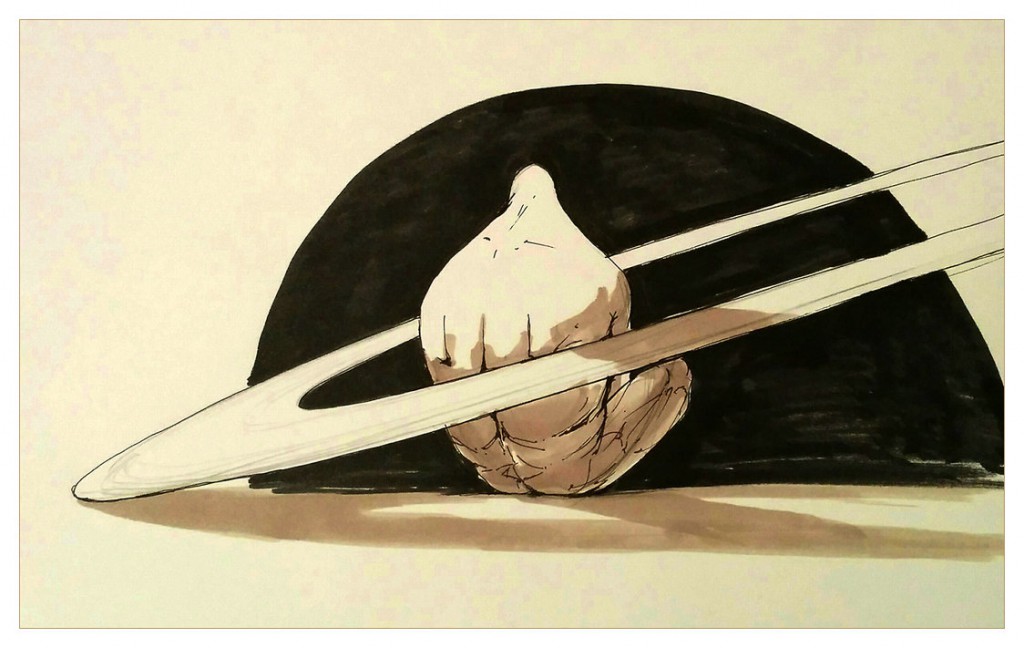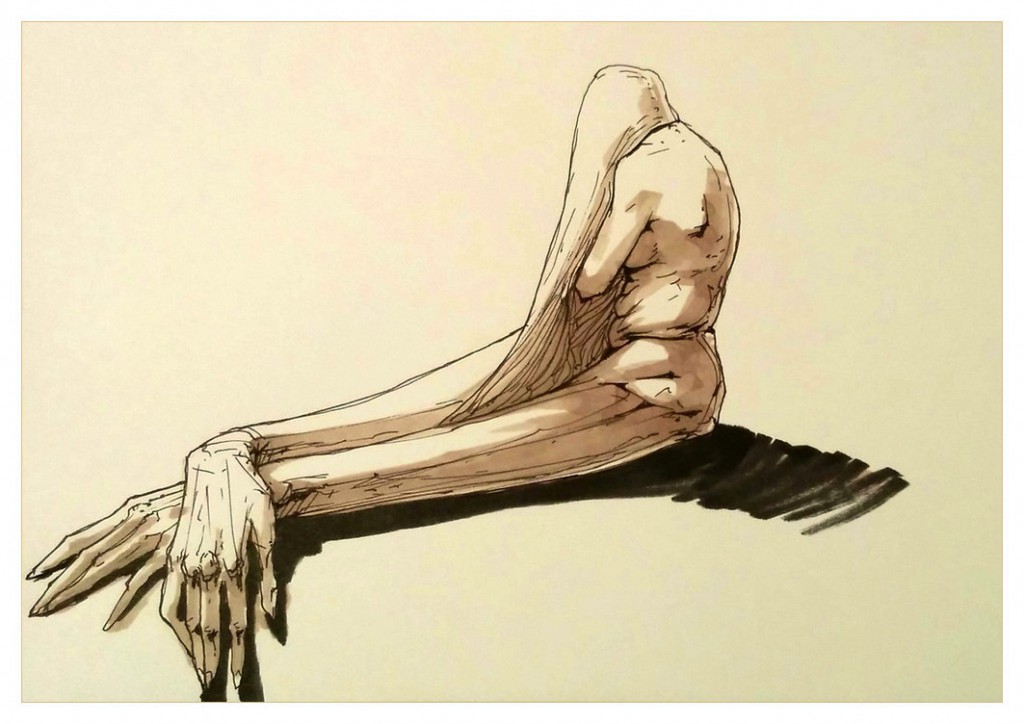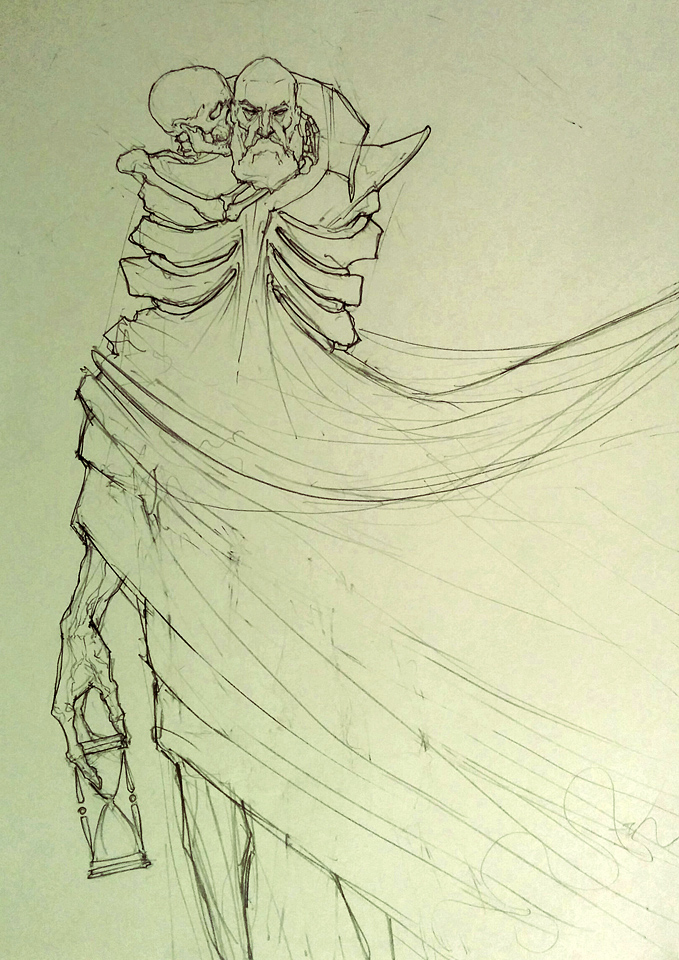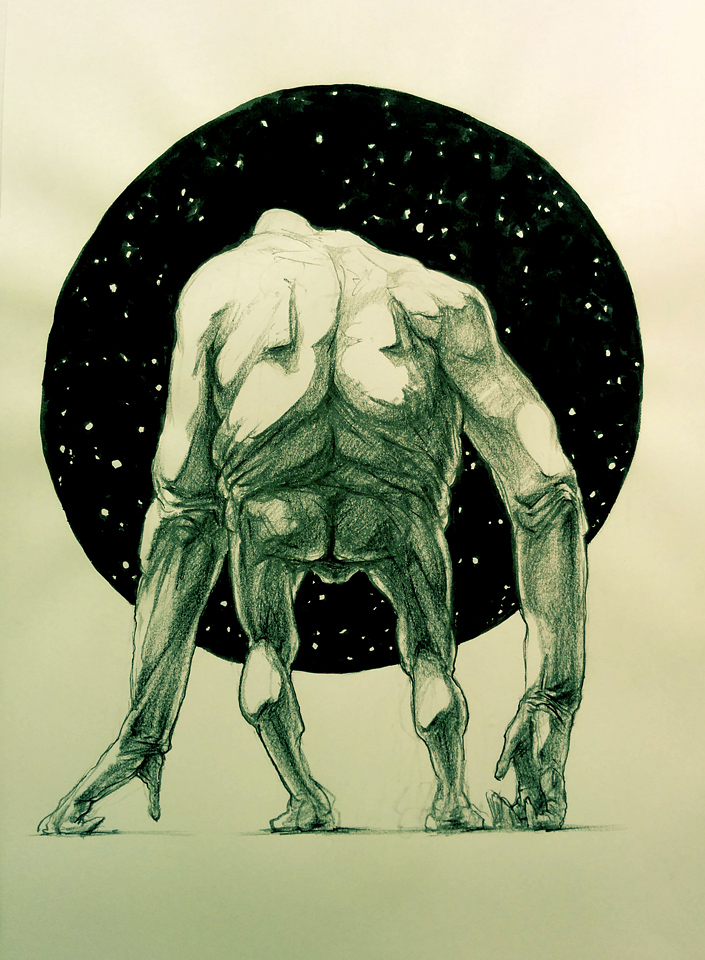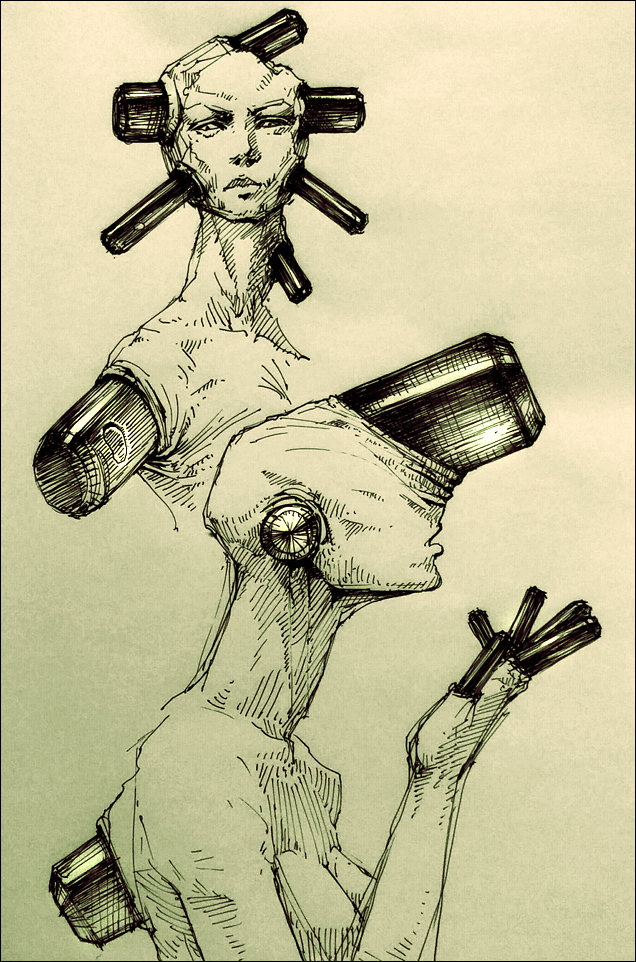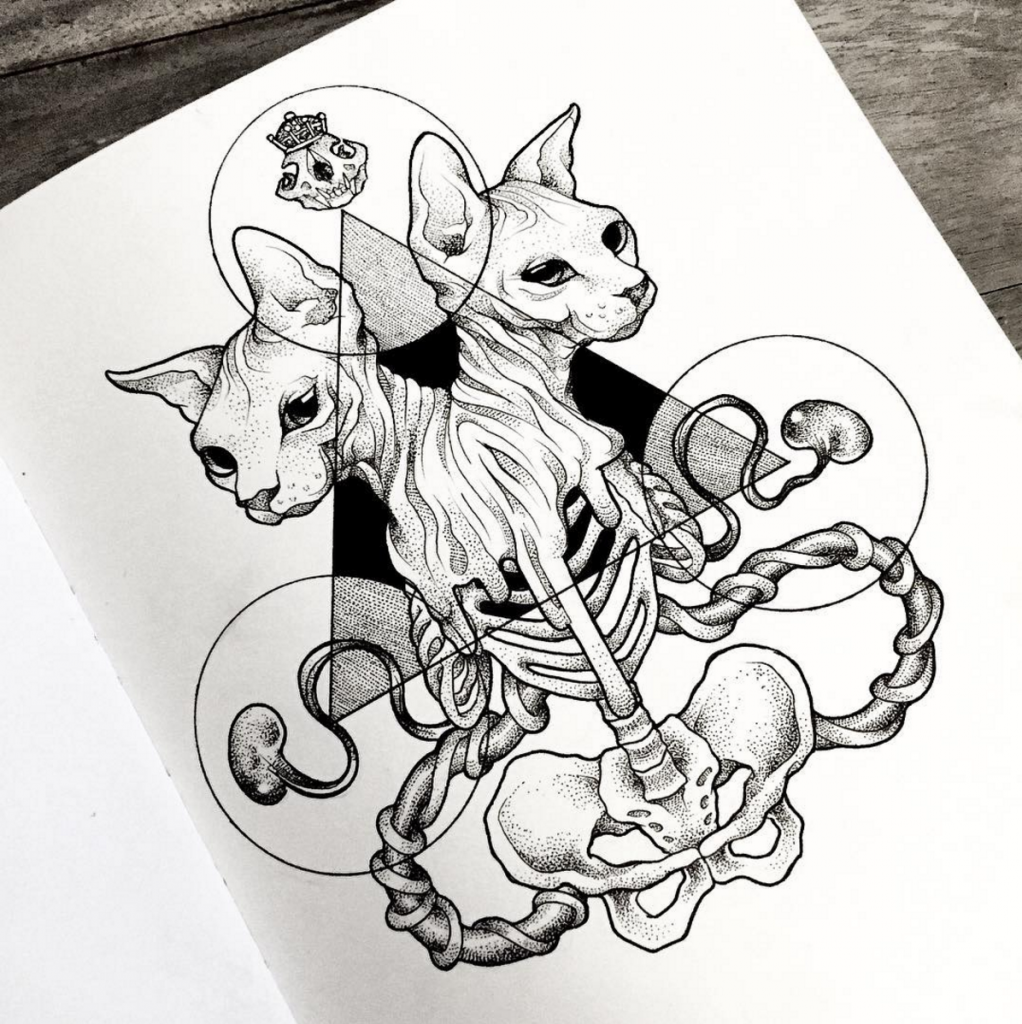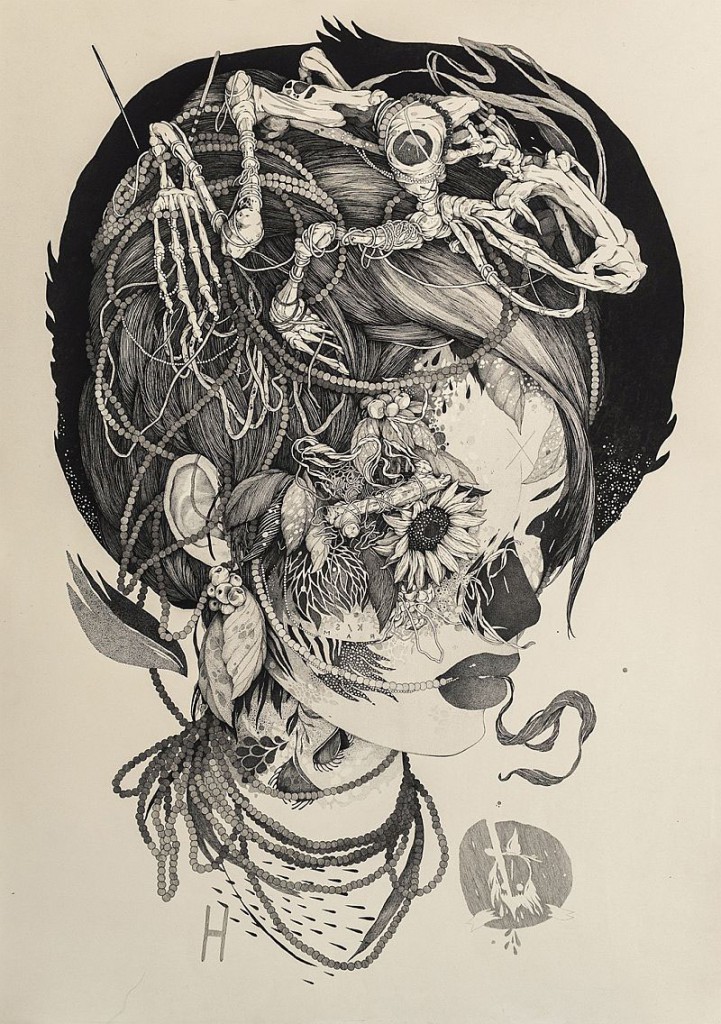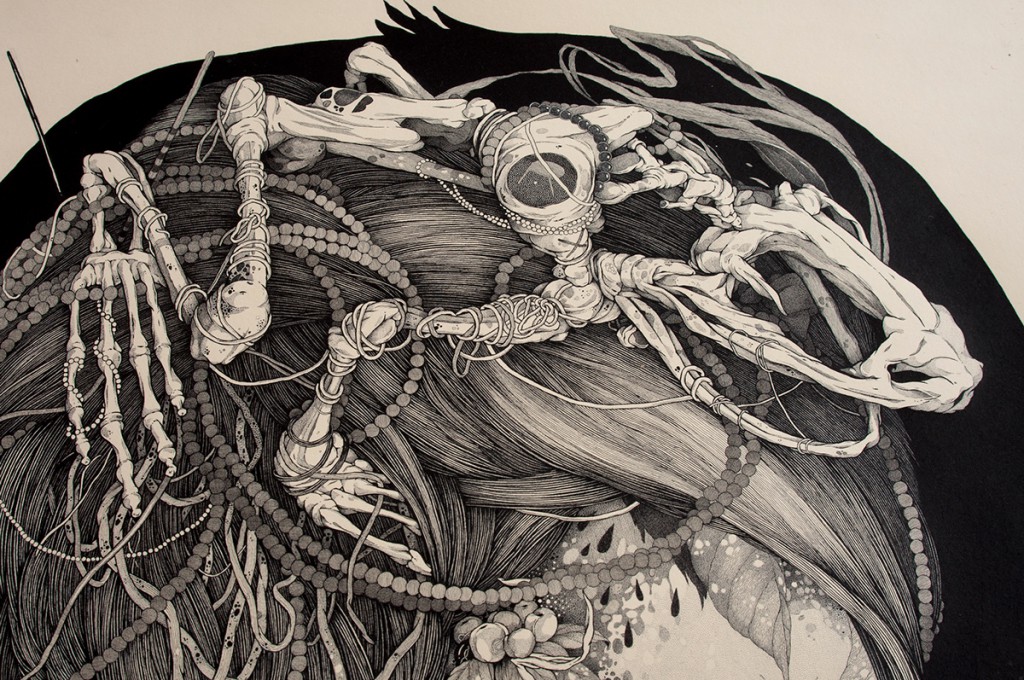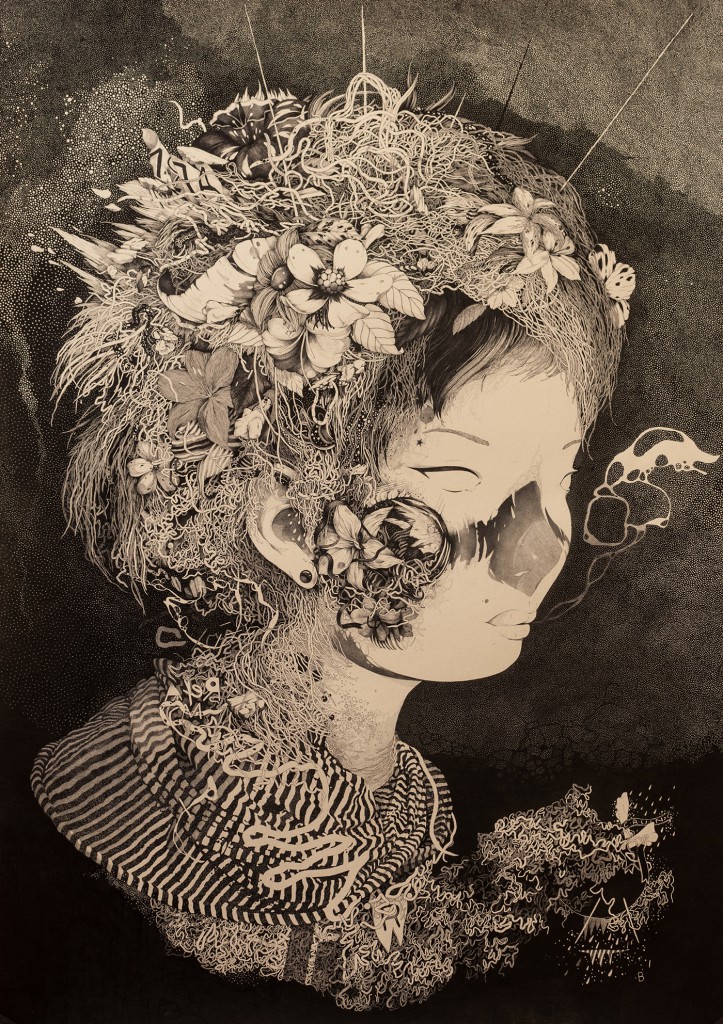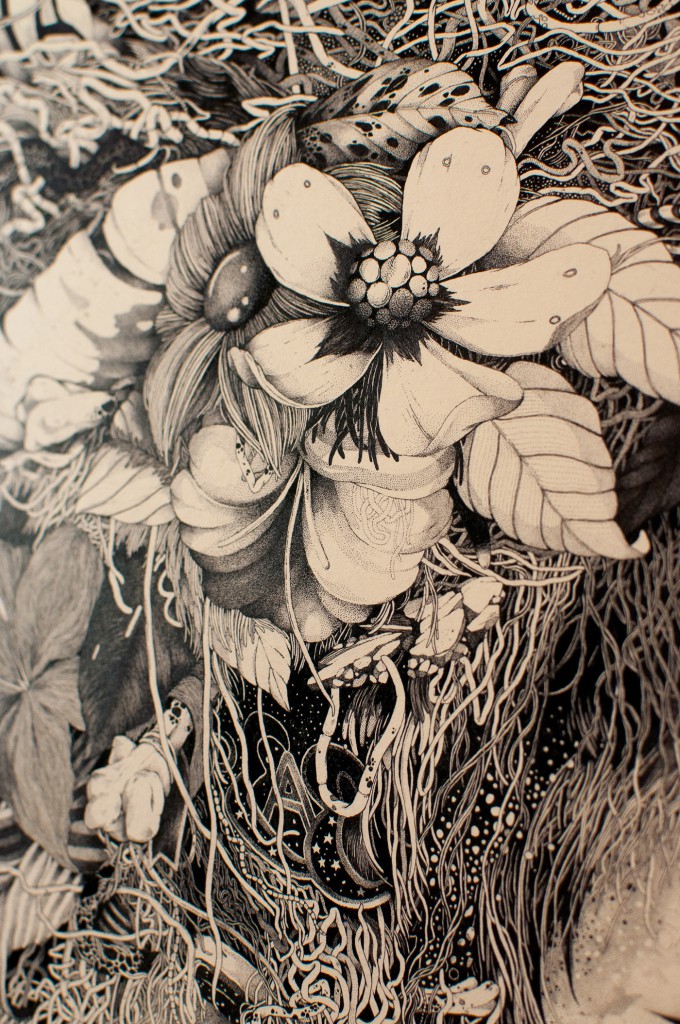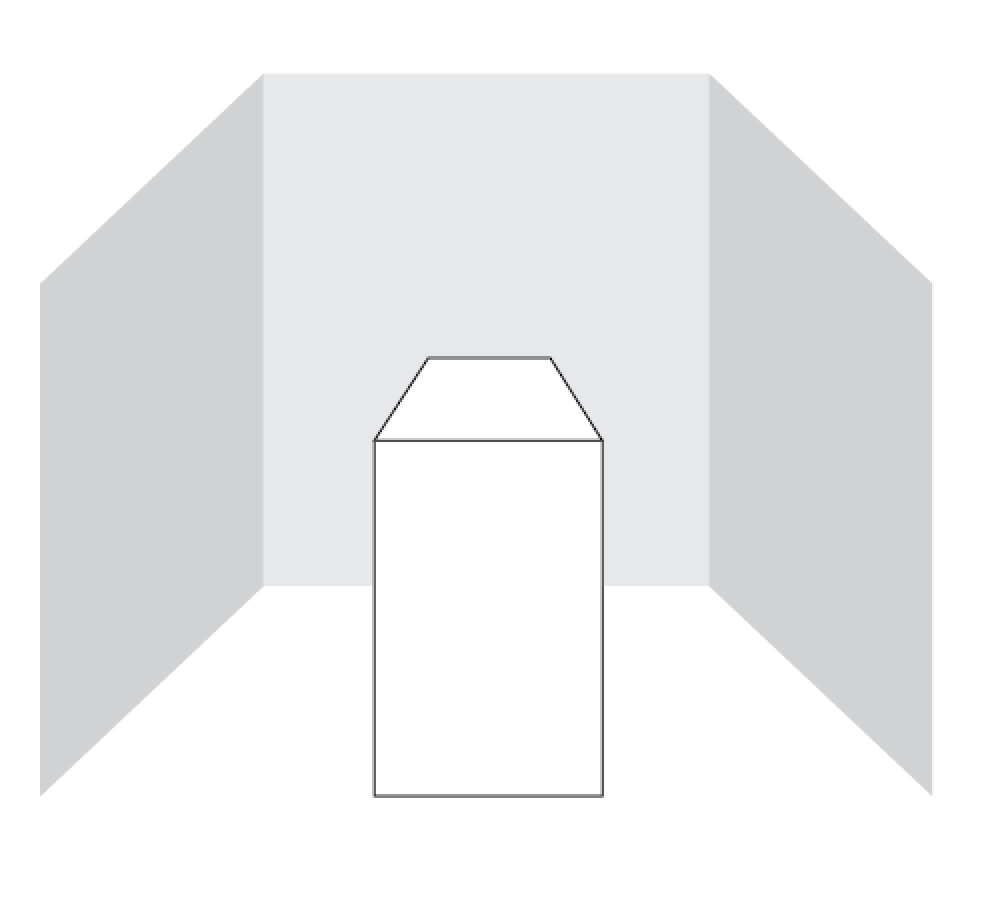The Pollux Case Files
[working title]
Drawing on the Greek myth of the Dioscuri, the celestial twins Castor and Pollux, The Pollux Case Files builds a fragmented, investigative narrative around the immortal Pollux in the aftermath of his mortal twin’s death in battle.
The myth of the Dioscuri, in the same vein as the tales of Homer and Ovid, is traditionally narrated at an emotional distance. In the mythological account, Pollux offers Zeus his immortality for Castor’s life, moving Zeus to enshrine the twins as the constellation Gemini. Yet, what can this tell the reader of Pollux’s navigation of the landscape of grief, or of the nature of twinship and duality? The Pollux Case Files aims to close the emotional distance between this figure of mythology and ourselves by delving into the emotional and psychological facets of Pollux as a lone twin. This voyage into the psyche of a surviving twin will be undertaken primarily in writing and illustration, likely executed in the form of a book or publication extrapolating upon the Dioscuri myth.
The thematic focus of The Pollux Case Files centres itself around the notion of duality. Duality is explored in research that includes the scientific and esoteric issues surrounding twin studies and real-life accounts of lone twins coping with their twin’s death. In building duality into the narrative surrounding my adaptation of Pollux’s story, I refer to the realm of postmodern literature and its techniques of metanarrative, pastiche and multiple voices. In my visual representation of the terrain of Pollux’s psyche and of duality, my inspiration includes the work of Harry Clarke, Will Bradley and Ilya Brezinski, vintage medical and scientific illustrations and the influence of Surrealist work. The project is presently in its research/experimental stage, with its trajectory established and its content and form in development.
I trust myself in being able to write an adequate summary of how things are progressing so far. I didn’t use the summary to justify the rationale behind my project, but I will have a slide in my presentation explaining the cultural value of mythology and perhaps I’ll take a look at the other work that’s out there surrounding retellings/extrapolations upon existing myths.
I happened to have a chat with Candice the other day, and when she asked me how my FYP was going, I mentioned to her about the topic I was working on (Castor and Pollux) and she told me she was not aware of the myth. So, using Candice’s comments as a benchmark, I’ve re-geared my presentation to begin with an overview of the myth and a focus on the death of Castor as the springing point for the trajectory of my project. This should help with immediately signposting my themes and ideas for those who may not know the myth.
It’s not all too surprising that people may be less aware of Castor and Pollux compared to other mythology stories that are more known. I watched Kingsman with someone who had zero knowledge of the Arthurian myths (which makes the entire film a lot less enriching, if you ask me). But I’m sure that the Avengers franchise has brought Norse mythology a bit closer to the fore. Greek mythology is a central element to Neil Gaiman’s seminal Sandman series, and I don’t think it’ll take much convincing to prove that this topic is worthy of an FYP.




